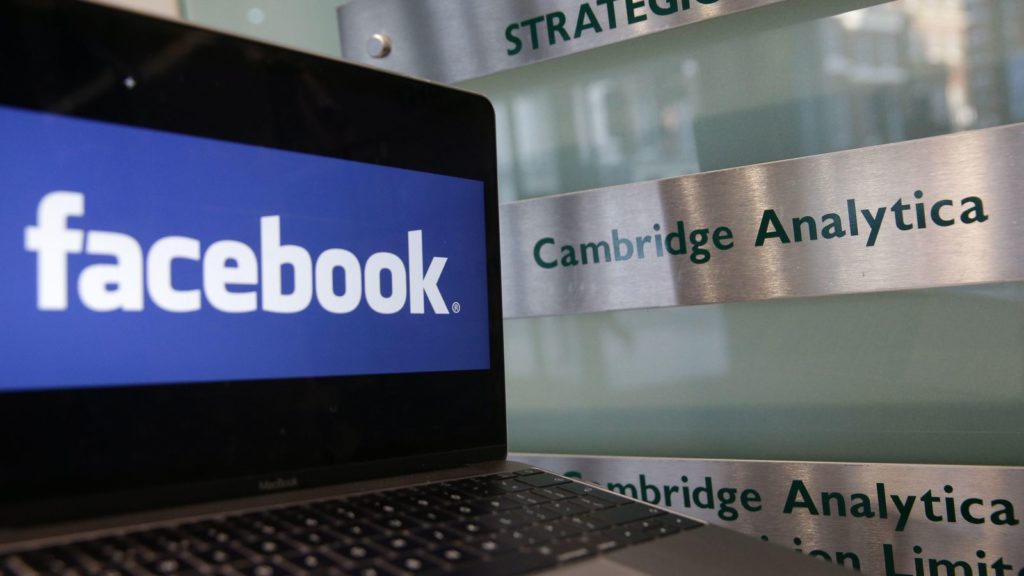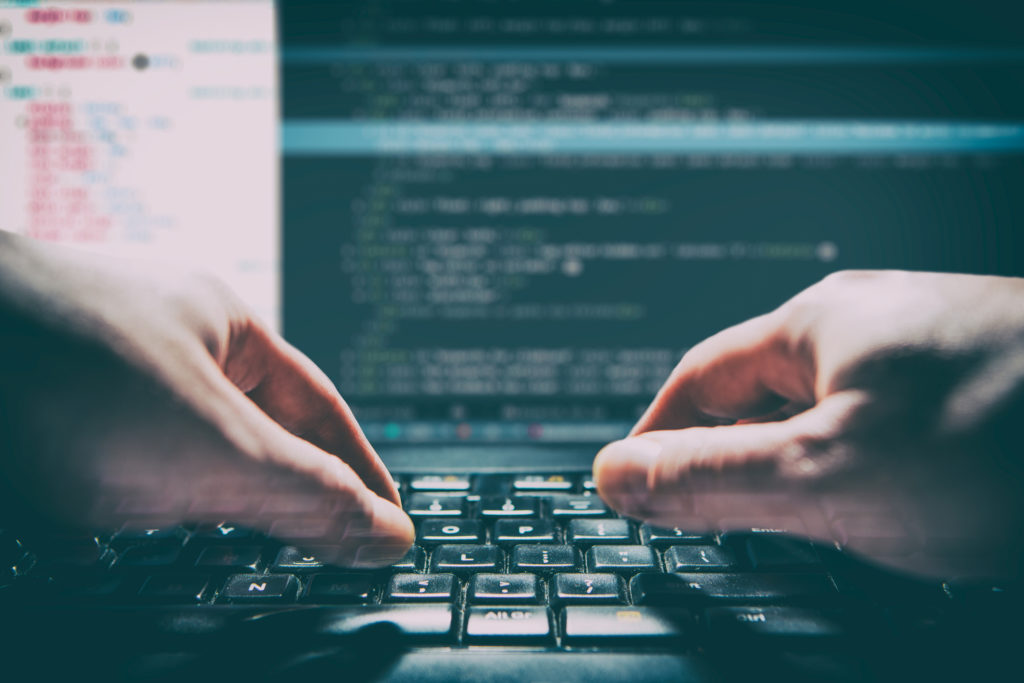Mapquest, part of the Verizon company, is the second largest provider of mapping services in the world, after Google Maps. It provides advanced cartography services to companies like Snap and PapaJohns pizza.
The company is about to release an app that users can install on their smartphone. Their new application will record and transmit video images of what’s happening in front of your vehicle, as you travel. Data can be sent from any phone with a camera – using the most common of tools – a simple mobile data plan, for example. In exchange, you’ll get live traffic updates, among other things.
Mapquest will use the video image data they gather to provide more accurate and up to date maps to their partners. The real world is changing all the time – roads get added, cities re-route traffic from time to time. The new AI based technology Mapquest employ could well improve the reliability of driverless cars, which have to engage with this ever changing landscape, in a safe manner.
No-one disagrees with safety improvements. Mapquests solution is impressive technology. The fact that they can use AI to interpret the images they see and upload the information they receive to update maps is incredible. And, in this regard, the company is just one of the myriad daily news stories which excite and astound us.
These stories do, however, often have another side to them which is rarely acknowledged. In the wrong hands, Mapquest’s solution could create a surveillance database which tracked people in real time.
Surveillance technology involves the use of data and information products to capture details about individuals. The act of surveillance is usually undertaken with a view to achieving a goal. The principle is simple. The more ‘they’ know about you, the easier it will be to influence you towards their ends. Surveillance information can be used to find you, apprehend you or potentially, to change your mind, without even realising that you had been watched.
Mapquest’s innovation is just a single example of surveillance technology in government hands which has expanded in capability far beyond what most people realise.
Read also: What does the US government know about you?
The truth beyond the Facebook scandal

Facebook’s share price fell 14% in early 2018 as a result of public outcry related to the Cambridge Analytica announcements the company made. The idea that a private company had allowed detailed information about individuals to be provided to a third party without their consent appeared to genuinely shock and appall people.
Technology tools like Mapquest’s tracking capabilities and Facebook’s profiling techniques are being taken and used by police forces and corporate entities around the world. The reality of current private and public surveillance capabilities is that facilities exist, and are in use, to collect and analyse data on most people in the developing world. The known limits of these services may surprise even those who are on the cutting edge of technology. There are so many examples from all over the world listed below that will genuinely make you want to consider going off grid!
Innovative, Ingenious overlords: US companies have a flare for surveillance
The US is the centre for information based technology companies. Much of what they develop is exported as well as used domestically.
The police are using human genome matching to track down criminals and can find ‘any family in the country’
There have been 2 recent examples of police arresting a suspect after using human genome databases to investigate crimes. A growing number of private individuals have now used publicly available services such as 23andme to sequence their genome (DNA) either to investigate further their family tree, or to determine the potential of a pre-disposition to the gene based component of a disease.
In one example, The Golden State Killer, an ex cop, was arrested 32 years after the last reported rape in a series of 45 (in addition to 12 murders) which occurred between 1976 and 1986. To track him down, police approached sites like 23andme with DNA found at crime scenes, established a family match and then progressed the investigation using conventional means.
More than 12 million Americans have now used a genetic sequencing service and it is believed that investigators could find a family match for the DNA of anyone who has committed a crime in America. In simple terms, whether you want it or not, the law enforcement has the DNA of every individual in the country available to them.
Domain Awareness Centers (DAC) bring the Truman Show to life
The 400,000 Residents of Oakland, California discovered in 2012, that they had been the subject of an undisclosed mass surveillance project, by the local police force, for many years.
Feeds from CCTV cameras installed in Oakland’s suburbs were augmented with weather information feeds, social media feeds and extracted email conversations, as well as a variety of other sources. The scheme began at Oakland’s port with Federal funding as part of a national response to the events of 9.11.2001 but was extended to cover the near half million residents of the city. Hundreds of additional video cameras were installed, along with gunshot recognition microphones and some of the other surveillance technologies provided in this article. The police force conducting the surveillance had no policy on what information was recorded or for how long it was kept.
Internet connected toys spy on children

The FBI has warned Americans that children’s toys connected to the internet ‘could put the privacy and safety of children at risk.’ Children’s toy Hello Barbie was specifically admonished for poor privacy controls as part of the FBI’s press release. Internet connected toys could be used to record video of children at any point in the day or, conceivably, to relay a human voice, making it appear to the child that the toy was talking to them.
Oracle suggest Google’s Android operating system routinely tracks users’ position even when maps are turned off
In Australia, two American companies have been involved in a disagreement about the potential monitoring of Android phones. Oracle accused Google of monitoring users’ location (including altitude), even when mapping software is turned off on the device. The tracking is performed in the background of their phone. In Australia alone, Oracle suggested that Google’s monitoring could involve around 1GB of additional mobile data every month, costing users nearly half a billion dollars a year, collectively.
Amazon facial recognition in real time helps US law enforcement services
Amazon are providing facial recognition services which take a feed from public video cameras, to a number of US Police Forces. Amazon can match images taken in real time to a database containing ‘millions of faces.’ Are there any state or Federal rules in place to govern police facial recognition? Wired reported that there are ‘more or less none.’ Amazon’s scheme is a trial taking place in Florida. There are at least 2 other companies offering similar schemes in the US to law enforcement services.
Big glass microphone can help agencies keep an ear on the ground
Project ‘Big Glass Microphone’ uses the vibrations that the movements of cars (among other things) cause in the buried fiber optic telecommunications links. A successful test of the technology has been undertaken on the fiber optic cables which run underground on the Stanford University Campus, to record vehicle movements.
Fiber optic links now make up the backbone of much data transport infrastructure – the way your phone and computer connect to the internet. Big glass microphone as it stands is the first step towards ‘invisible’ monitoring of people and their assets.
It appears the FBI now have the ability to crack/access any phone

Those in the know suggest that Apple’s iPhone is the most secure smart device against government surveillance. In 2016, this was put to the test.
The Justice Department came into possession of an iPhone allegedly belonging to one of the San Bernadino shooters and ultimately sued Apple in an attempt to force the company to grant access to it, as part of their investigation. The case was ultimately dropped leading some to speculate that NAND mirroring techniques were used to gain access to the phone without Apple’s assistance, implying that even the most secure phones can now be accessed by authorities.
Cornell University’s lie detecting algorithm
Groundbreaking work by Cornell University will provide ‘at a distance’ access to information that previously required close personal access to an accused subject. Cornell’s solution interprets feeds from a number of video cameras on subjects and analyses the results to judge their heart rate. They believe the system can be used to determine if someone is lying from behind a screen.
University of Southern California can anticipate social unrest with social media feeds
Researchers at the University Of Southern California have developed an AI tool to study Social Media posts and determine whether those writing them are likely to cause Social Unrest. The software claims to have identified an association between both the volume of tweets written / the content of those tweets and protests turning physical. They can now offer advice to law enforcement on the likelihood of a protest turning violent so they can be properly prepared based on this information.
The UK, an epicenter of AI progress, is not far behind in tracking people
The UK has a similarly impressive array of tools at its disposal to watch the people that representatives of the country feels may be required. Given the close levels of cooperation between the UK and US governments, it is likely that many of these UK facilities are shared with the US and other NATO partners.
Project stingray – fake cell phone/mobile phone ‘towers’ to intercept communications
Stingray is a brand name for an IMSI (the unique identifier on a SIM card) tracker. They ‘spoof’ real towers, presenting themselves as the closest mobile phone tower. This ‘fools’ phones in to connecting to them. The technology has been used to spy on criminals in the UK but it is not just the UK government which use Stingray or its equivalents. The Washington Post reported in June 2018 that a number of domestically compiled intelligence reports suggest that foreign governments acting on US soil, including China and Russia, have been eavesdropping on the Whitehouse, using the same technology.
UK developed Spyware is being used by authoritarian regimes
Gamma International is a company based in Hampshire UK, which provided the (notably authoritarian) Egyptian government with a facility to install what was effectively spyware delivered with a virus on to computers in their country. Once installed, the software permitted the government to monitor private digital interactions, without the need to engage the phone company or ISP offering those services. Any internet based technology could be tracked, assisting in tracking down individuals who may have negative feelings about the Egyptian government.
Individual arrested when his fingerprint was taken from a WhatsApp picture of his hand
A Drug Dealer was pictured holding an assortment of pills in the UK two months ago. The image of his hand was used to extract an image of his fingerprint. From that, forensic scientists used by UK police, confirmed that officers had arrested the correct person and associated him with drugs.
AI solutions to speed up evidence processing including scanning laptops and phones

UK police forces are trying out AI software to speed up processing evidence from digital devices. A dozen departments around the UK are using software, called Cellebrite, which employs AI algorithms to search through data found on devices, including phones and laptops. Cellbrite can recognize images that contain child abuse, accepts feeds from multiple devices to see when multiple owners were in the same physical location at the same time and can read text from screenshots. Officers can even feed it photos of suspects to see if a picture of them show up on someone’s hard drive.
China takes the surveillance biscuit and may show us a glimpse of the future
There are 600 million mobile phone users in China, each producing a great deal of information about their users. China has a notorious record of human rights abuses and the ruling Communist Party takes a controlling interest (a board seat) in many of their largest technology companies, to ensure the work done is in the interest of the party as well as profitable for the corporate. As a result, China is on the front foot when it comes to both AI and surveillance technology. China’s surveillance tools could be a harbinger of the future in the Western world.
Chinese cities will be run by a private company

Alibaba, China’s equivalent of Amazon, already has control over the traffic lights in one Chinese city, Hangzhou. Alibaba is far from shy about it’s ambitions. It has 120,000 developers working on the problem and intends to commercialise and sell the data it gathers about citizens.
The AI based product they’re using is called CityBrain. In the future, all Chinese cities could well all be run by AI from the Alibaba corporation the idea is to use this trial as a template for every city. The technology is likely to be placed in Kuala Lumpur next.
In the areas under CityBrain’s control, traffic speeds have increased by 15% already. However, some of those observing the situation have expressed concerns not just about (the lack of) oversight on CityBrain’s current capabilities but the potential for future abuse.
What to make of this incredible list of surveillance capabilities
Facilities like Mapquest’s new mapping service are beguiling. They’re clever ideas which create a better works. Similar technology, however, behind the scenes, is being adopted by law enforcement bodies in an ever growing list of countries. Even for someone who understands cutting edge technology, the sum of those facilities may be surprising.
Literally any aspect of your behaviour, from the way you walk, to your face, your heatmap and, of course, the contents of your phone and laptops can now be monitored. Law enforcement can access and review information feeds with Artificial Intelligence software, to process and summarise findings quickly. In some cases, this is being done without the need for a warrant. Concerningly, these advances seem to be coming without policy or, in many cases any form of oversight.
Read Next:
We must change how we think about AI, urge AI founding fathers











![How to create sales analysis app in Qlik Sense using DAR method [Tutorial] Financial and Technical Data Analysis Graph Showing Search Findings](https://hub.packtpub.com/wp-content/uploads/2018/08/iStock-877278574-218x150.jpg)





